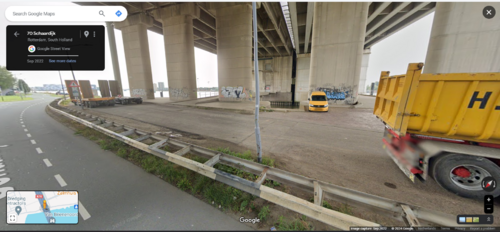User:Senka/special issue 3/Liminal Spaces and Non-Places
Liminal Spaces and Non-places
A page for a bit of research with Alessia.
Liminal places fiction
Aesthetics
Notes
- liminal spaces are the spaces where people meet and have conversations. spaces of people meeting
- transitory spaces, in-between spaces, spaces in passing... spaces that were not meant to be used or inhabited but are being used for hanging out, loitering and the rest (despite all odds).
Liminal spaces in your area
Directions for Alessia: [1] This bridge is on the east of the city, on the way to Ijsselland Capelle, right after the park de Esch. The nicest bike ride to hear is just following the water. The bridge itself is operated on the inside, and seems to have a whole world inside of it. In an ideal world, I would befriend someone and gain access inside, as it has been an obsession of mine for quite some time.
Alessia followed the directions 🫡
During a little loitering/biking tour (here the experimental liminal komoot tour - using randonautica locations as well. I lost my way few times eheh)
here some documentation:
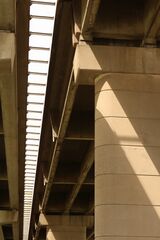
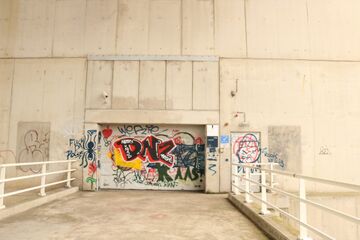
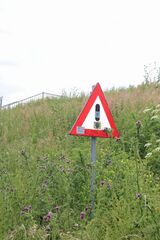
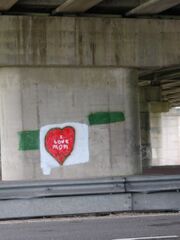
Questions
- What do we even consider liminal spaces or non-places? And which spaces are classified as such?
- How is then possible to navigate liminal spaces?
- Is there any different approach we could have on mapping/navigating liminal spaces?
- What are the mechanics and processes by which liminalities work or function in relation to the environment?
- What if these places, anthropomorphised, could talk? What impact would this have on our own behaviour, as visitors of those places?
☽ Apoorva Tadepalli Dream City ☽
An article discussing cities, the Situationist movement, derive or drift, intimacy in a city and between strangers living in anonimity, "fixed points", neutral zones and ghost spaces, not advocating for more leisure time compared to more work time, but a third: more free time, which include neither of those. It explains how the Situationist's methods were used to go through the city, and the urban planning which designates spaces for either work or leisure, wanting to completely topple these categories and go through the city with the notion of free time.
Louki embodies the Situationists' need to create a new, more honest map of the city; one that reflects experience and memory rather than a unified plan. |
I have always loved the saying about not airing your dirty laundry in the public: causing discomfort by mixing your "private" and "public" affairs. But it makes you wonder what we mean when we talk about dirty laundry. Can there be anything resembling intimacy without it? |
Link: [2]
☽ Estraven Lupino-Smith Morality Cuts: Uncovering Queer Urban Ecologies ☽
An article about wild spaces (or spaces less used by people) and the meddling of nations and government bodies to redefine what 'wild' is from untamed and frightening to untouched and tranquil, in an effort to build national myth. The execution and building of this myth in an urban context has been termed morality cuts by Montreal mayor Jean Drapeau. They cut down trees and bushes to prevent “perverts and alcoholics” from using the park. The piece talk about how these "wild" spaces are often used as cruising sports for queer people, and are being perceived as frightening for a heteronormative crowd.
I have come to realize that some of the places where urban coyotes can thrive without detection and queer folks can hook up are the same. We share these spaces because they both need the wild within the city. It’s a wild that exists in the places and spaces that are liminal, nestled in-between the order of the developed urban landscape. |
Through this conception, the woodlots, brownfields, and the public park are an extension of settlement, not the absence of it. They are defined as wild because of the colonial notions about space. Leisure and the way nature is to be interacted with is designed, with particular ideas about what the outcome should be. The public park is also a place of powerful imaginaries about land and nation. Canada as a nation markets parks and the great outdoors as part of its identity. The very establishment of space as a park is a part stripping the wild from it. When the peaks of mountains are a place to ski and enjoy vistas, the wild is tamed into something that is mobilized for a settler imaginary. |
When it comes to wild spaces, settler notions place one of two uses: site of exploitation for the production of wealth, or site of leisure that is groomed and maintained. |
Link: [3]
Liminal wikiing and references
Alessia's is sinking into Liminality HERE
https://pad.xpub.nl/p/Liminal_Spaces_and_Non-Places


